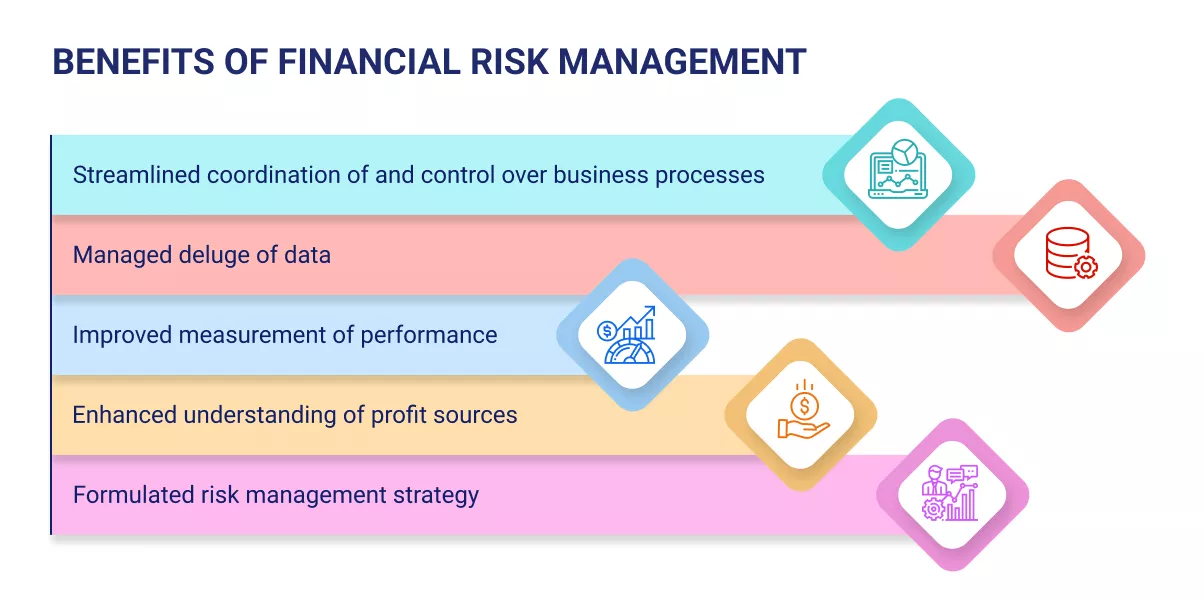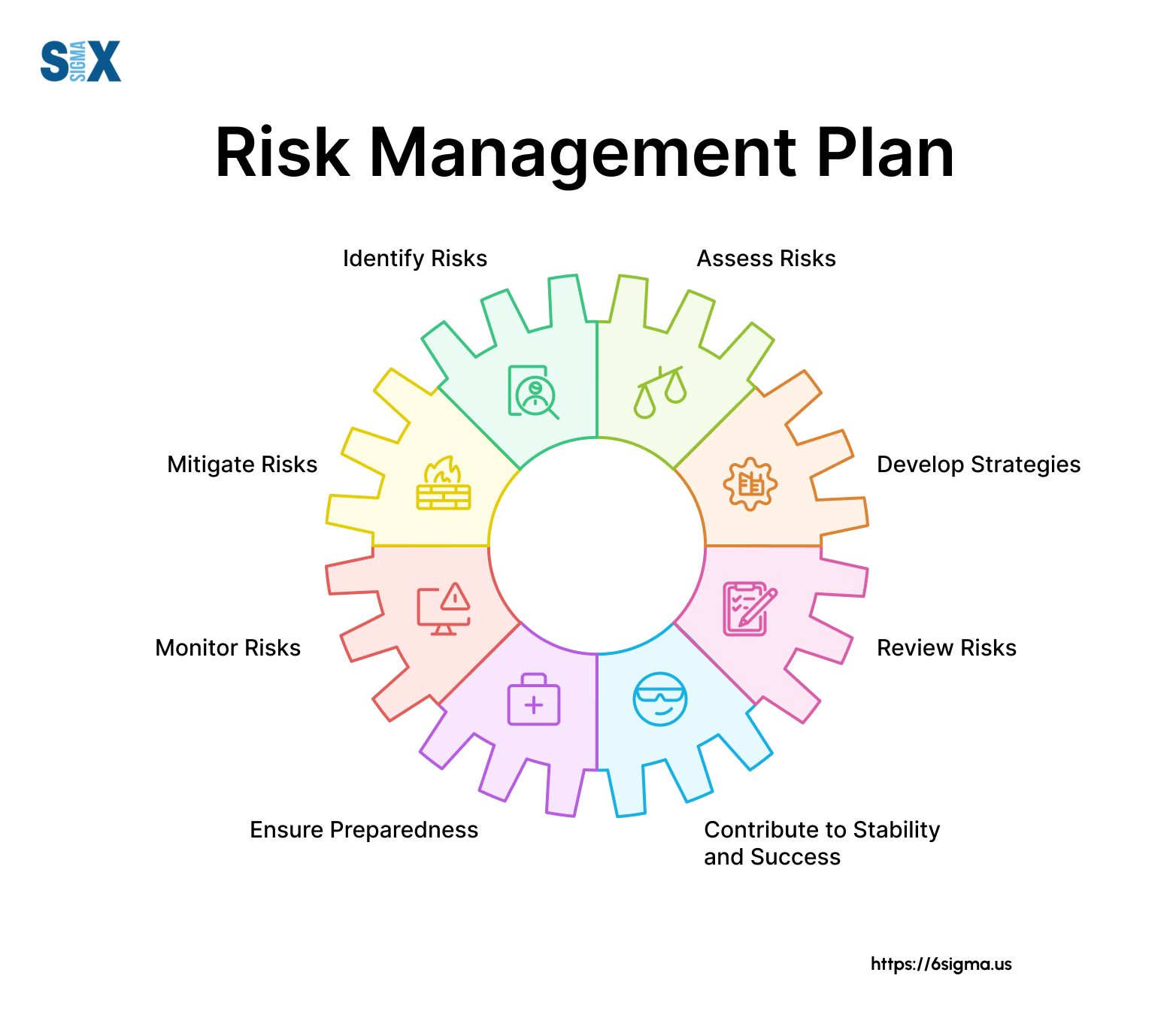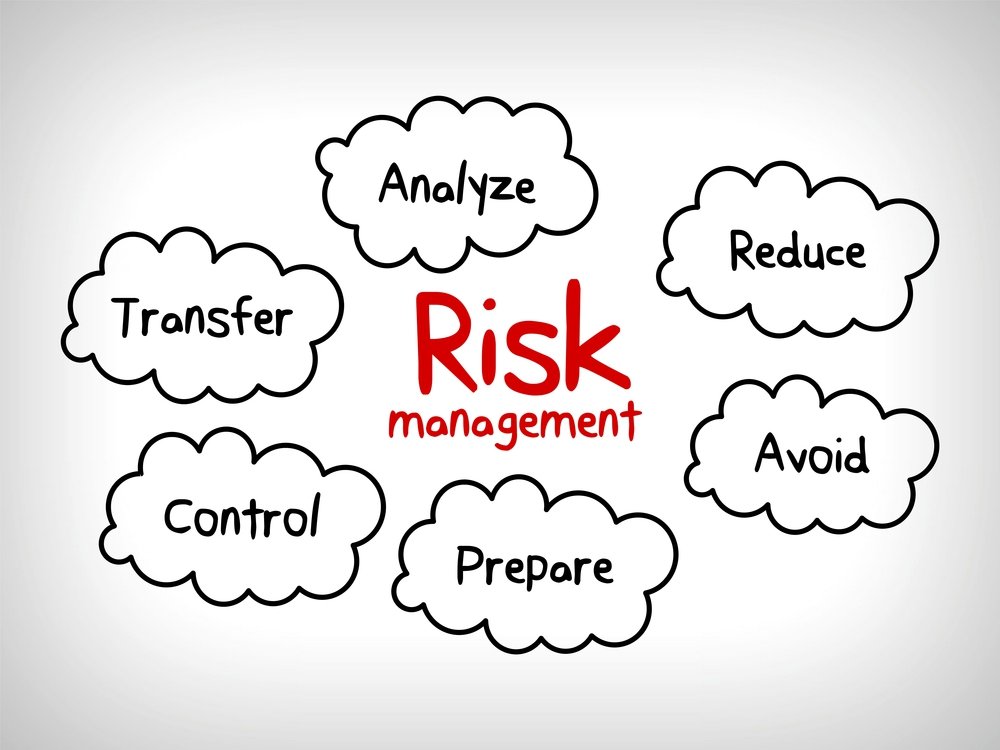The Role and Importance of Risk Management in Ensuring Corporate Continuity
The Role and Importance of Risk Management in Ensuring Corporate Continuity
Blog Article
Checking out the Significance of Risk Management for Effective Decision-Making Techniques
In the detailed globe of service, Risk Management becomes an important consider the decision-making process. The capability to identify possible threats and possibilities, and strategize appropriately, can lead to the difference in between success and failure. With tools such as SWOT and PESTEL, companies are equipped to make educated selections, fostering durability and flexibility in an ever-changing environment. Wondering exactly how this functions? Allow's unpack the dynamics additionally.
Understanding the Principle of Risk Management
Risk Management, a crucial component in decision-making, is often misconstrued or oversimplified. Normally, it describes the recognition, evaluation, and prioritization of risks to decrease, check, and manage the likelihood or influence of unfavorable occasions. It's not just concerning stopping adverse end results, yet likewise regarding recognizing potential opportunities. Risk Management includes structured and disciplined techniques, making use of information and insightful assessments. It calls for a thorough understanding of the organization's context, objectives, and the potential threats that might prevent them. From financial unpredictabilities, lawful responsibilities, calculated Management mistakes, to crashes and natural disasters, it resolves numerous threats. Notably, efficient Risk Management is not stagnant; it's a continual, positive process that progresses with changing situations.
The Duty of Risk Management in Decision-Making Processes
In the realm of calculated planning and company operations, Risk Management plays an essential duty in decision-making procedures. Risk Management hence ends up being an important tool in decision-making, assisting leaders to make enlightened selections based on an extensive understanding of the dangers involved. Risk Management serves as a crucial part in the decision-making procedures of any type of company.

How Risk Management Enhances Strategic Planning
In the context of strategic preparation, Risk Management plays a pivotal role. Launching with the identification of possible threats, it better includes the application of Risk reduction steps. The duty of Risk Management is not static yet dynamic, as it requires continuous surveillance and adjusting of methods.
Identifying Possible Dangers

Implementing Risk Mitigation
Having established the value of recognizing possible threats, the following action is to discover Risk mitigation. This process entails developing and applying approaches to take care of determined threats effectively. It is an important facet of tactical planning as it boosts decision-making by decreasing possible unfavorable results. Risk reduction methods can range from Risk avoidance, Risk transfer, to risk reduction. Each approach must be tailored to the certain Risk, considering its prospective impact and the company's Risk resistance. In addition, reliable Risk mitigation calls for a deep understanding of the Risk landscape and the possible influence of each Risk. This understanding makes it possible for companies to prioritize risks and designate sources properly, ensuring that the most substantial threats are dealt with first.
Surveillance and Adjusting Techniques
Though Risk mitigation is a crucial action in calculated preparation, constant monitoring and modification of these approaches is similarly important. This recurring procedure enables companies to identify brand-new threats and reassess existing ones, guaranteeing the executed methods stay efficient in more information the ever-changing organization atmosphere. It likewise offers an opportunity to review the success of the Risk Management measures, permitting adjustments to be made where needed, further improving tactical planning. Reliable monitoring and change require the use of analytics and essential performance indicators (KPIs) to determine effectiveness. These tools provide beneficial data-driven understandings that can inform tactical decision-making. Monitoring and changing Risk Management approaches is an essential part for improving an organization's durability and calculated preparation.
Instance Studies: Successful Risk Management and Decision-Making
Worldwide of business and finance, successful Risk Management and decision-making typically work as the columns of prosperous ventures. One such entity is an international oil company that mitigated monetary loss by hedging versus changing oil rates. In one more instance, a technology start-up flourished by recognizing and accepting risky, high-reward methods in an unstable market. An international financial institution, faced with regulatory uncertainties, effectively browsed the scenario through aggressive Risk evaluation and dynamic decision-making. These cases highlight the worth of sharp Risk Management in decision-making procedures. It is not the lack of Risk, however the Management of it, that frequently separates successful companies from unsuccessful ones. These situations highlight the crucial function of Risk Management in calculated decision-making. importance of risk management.
Tools and Methods for Reliable Risk Management
Browsing the elaborate maze of Risk Management calls for the appropriate collection of tools and techniques. These devices, such as Risk signs up and warm maps, help in determining and analyzing prospective risks. Techniques consist of both quantitative methods, like sensitivity evaluation, and qualitative methods, such as SWOT evaluation. These assistance in focusing on threats based on their prospective influence and chance. Risk reaction methods, a vital component of Risk Management, include accepting, avoiding, moving, or mitigating dangers. Tracking and regulating threats, through regular audits and reviews, guarantee that the approaches continue to be efficient. With these tools and techniques, decision-makers can navigate the facility landscape of Risk Management, thus promoting informed and have a peek at this website efficient decision-making.
Future Patterns in Risk Management and Decision-Making Approaches
As we check out the vast landscape of Risk Management, it becomes noticeable that the strategies and tools made use of today will certainly proceed to advance. The idea of Risk society, where every participant of a company is conscious and entailed in Risk Management, will acquire much more prestige. These fads investigate this site proclaim an even more comprehensive and aggressive technique towards Risk Management and decision-making.
Conclusion

Risk Management thus ends up being a vital tool in decision-making, aiding leaders to make informed options based on a detailed understanding of the threats included. Risk reduction methods can range from Risk evasion, Risk transfer, to run the risk of reduction (importance of risk management). Efficient Risk mitigation calls for a deep understanding of the Risk landscape and the potential influence of each Risk. Risk action methods, a key component of Risk Management, include approving, avoiding, moving, or mitigating threats. The concept of Risk society, where every participant of a company is mindful and entailed in Risk Management, will obtain more importance
Report this page